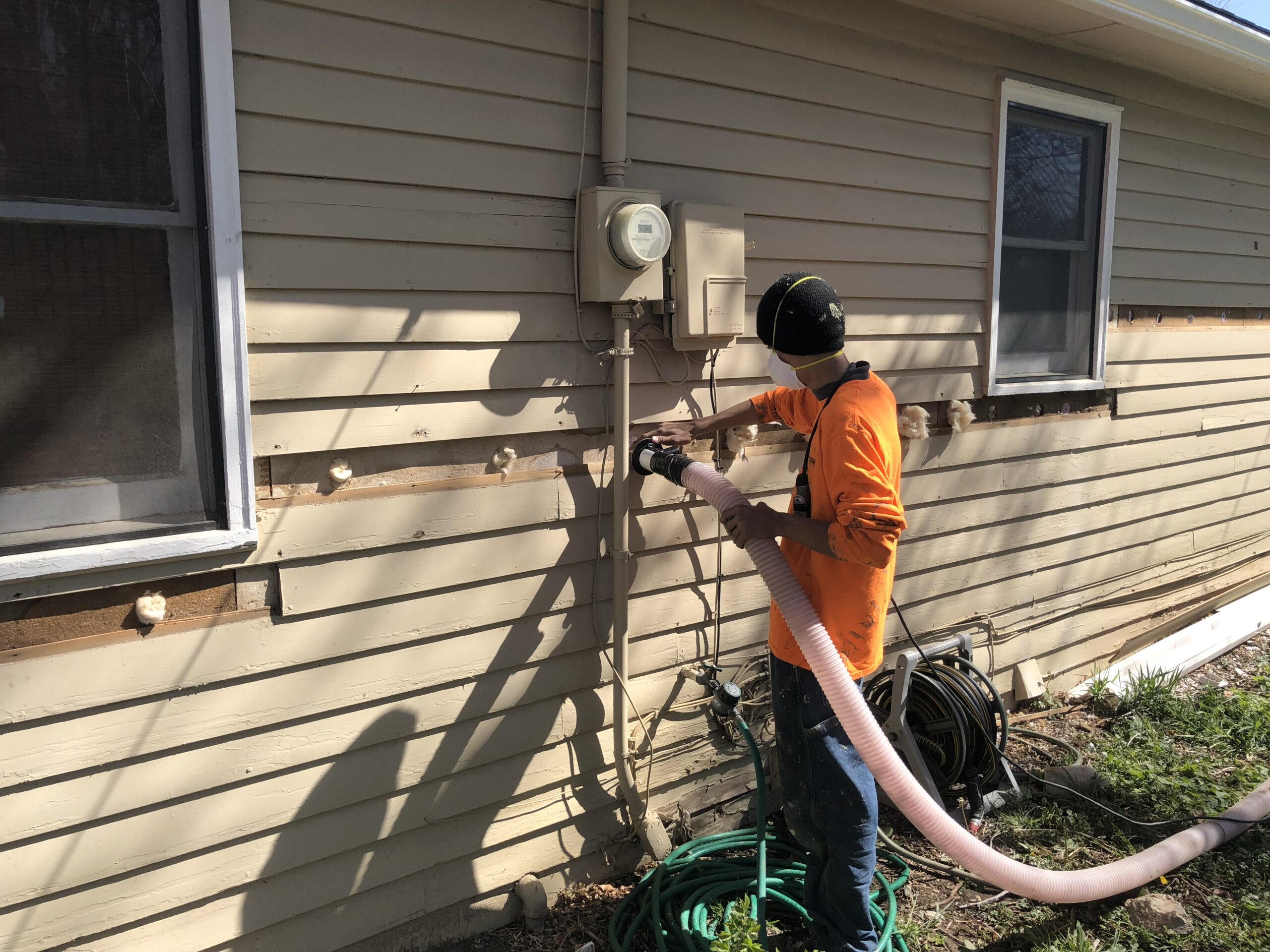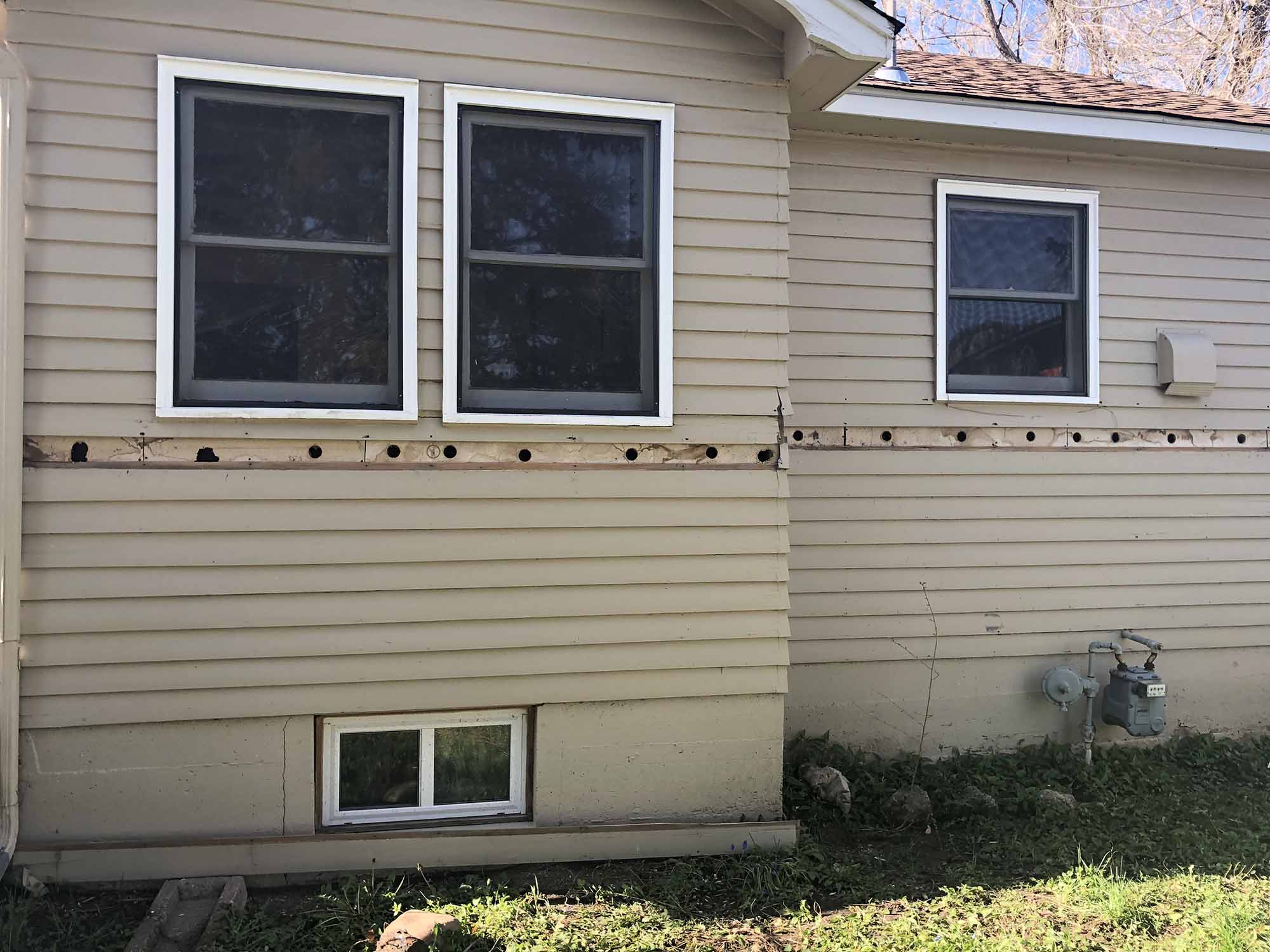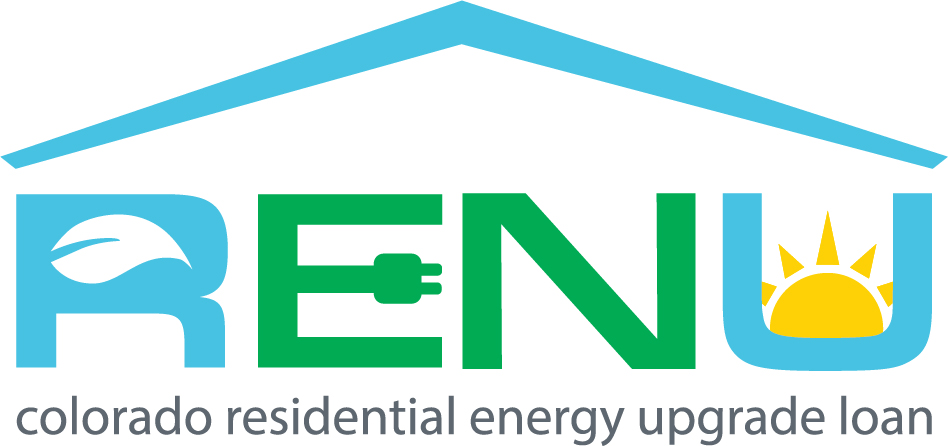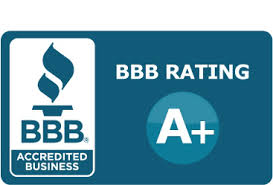Exterior Wall Insulation
Retrofit Existing Walls
This is also referred to as “Dense-packing walls”. Often, homeowners are shocked when they find out there isn’t any insulation in the walls. It is very common in homes built prior to the mid ’80’s. It wasn’t building code in many of the climate zones, therefore it wasn’t used by builders in most cases.
Do you need wall insulation?

Wall Insulation Sub Heading / Description Fill In
Retrofitting can be accomplished from the outside (if siding, shingles or sheathing) or from the inside. We drill a small 2″ hole in each stud cavity and blow in the loose-fill insulation to a specific density. Once finished filling, the hole is patched back and sealed air tight.
The best part is that the walls R-value is substantially better than if traditional batt insulation was installed when the home was built. The loose-fill insulation is very fine and fills in around wires, pipes, electrical boxes etc. Much better than batt insulation which invariably almost always leaves gaps. A typical 2×4 wall cavity will achieve an R15 once dense packed properly. A 2×6 wall cavity is an R24.

Once the cavity is filled with insulation, we insert a wooden plug and seal the hole with caulk (if drilling from the outside) or drywall compound.
New 2025 Xcel Rebates are here! Great news, rebate amounts have INCREASED! It is possible to save thousands of dollars on your project.
Insulation and Air Sealing | Residential Services | Residential Services | Xcel Energy
In addition, the federal government offers clean energy tax credits for upgrading the efficiency of your home using the IRS 5695 form.
Making Our Homes More Efficient: Clean Energy Tax Credits for Consumers | Department of Energy
Our team at NetZero Insulation can help you with any rebate or tax credit questions you may have.





